7 Side Effects Of Hair Dyeing
Don't let the harmful chemicals of hair tints take away the natural shine of your mane.

Image: Midjourney/ StyleCraze Design Team
Hair dyeing is one of the most enjoyable activities as it may stop premature graying. But did you know that there are multiple side effects of hair dyeing? There is no doubt that dyes can have adverse consequences. In this article, we have covered the adverse effects of hair dying, which everyone should be aware of before coloring their hair. You will thank us later if you read this before going to the salon for another hair-color appointment. So, does dying your hair damage it? Find out the truth and learn how to minimize the potential harm!

In This Article
Types Of Hair Dyes
- Permanent Hair Dyes: They penetrate through the hair shaft, reaching the cortex. They need to be touched up at least once every twelve weeks. Most permanent dyes use ammonia to penetrate the hair shaft and increase the pH level.
- Semi-Permanent Hair Dyes: They coat the hair shaft cuticle while partially penetrating the cortex.
- Temporary Hair Dyes: They don’t penetrate the hair cortex and need to be touched up every few weeks.
- Bleach: It is used to lighten hair and color dark hair like black and brown to lighter hair colors like blonde or red.
- Ammonia-Free Hair Dyes: They are also called demi-permanent hair dyes. They don’t contain ammonia but include hydrogen peroxide, para-dyes, and resorcinoli An organic crystalline product used in the production of dyes and for treating acne, eczema, and other skin disorders. . These are softer on the hair.
 Did You Know?
Did You Know?Key Takeaways
- The harmful chemicals used in permanent hair dyes can cause several adverse effects, such as allergies and itching. Over-processing may lead to hair damage.
- Long-term exposure to harmful chemicals, such as ammonia and peroxide in hair dyes increase the risk of cancers.
- By avoiding frequent hair coloring, using natural hair dyes and products that are specifically designed for colored hair, you can minimize the adverse effects of hair dyeing.
Side Effects Of Hair Dyeing
Note:
All of the information given below is in reference to permanent hair dye allergies unless otherwise specified.
Many people have the question, does hair dye damage hair? Hair coloring is just basic chemistry. It is all about the reactions that take place in between the pigments in your hair, the pigments in dye, peroxide, and ammonia. With all the experience we have had with chemicals, the one thing we have come to accept is that they are usually not good. Here’s why:
1. Over Processing
Permanent hair colors often contain ammonia (or chemicals similar to it) and peroxide (1). The ammonia breaks through your hair shaft, and the peroxide neutralizes (or bleaches out) the natural pigment in your hair, stripping away color. This process of relaxing the hair cuticles to reach the cortex of your hair and bleach out its natural pigment is, essentially, hair damage.
Over treating your hair with these chemicals will cause it to lose luster, break easily, and in some extreme cases, wash away with water. While processed hair can be revived to a certain extent with hair care treatments, the only way to get rid of the damage from over-processing is to chop your hair off.
2. Allergic Reactions

Hair dyes causing allergic reactions is not uncommon, especially because permanent hair dyes contain paraphenylenediamine (PPD), which is a common allergen (2).
People who have contact dermatitisi A condition characterized by skin that turns red and inflamed when in contact with an allergen. are particularly prone to reactions because of the PPD and other chemicals present in dyes. A comprehensive study in Australia, which analyzed patch test data from 584 patients, revealed that 2% of the tested individuals were allergic to PPD. What’s more, approximately half of these patients also exhibited a reaction to another ingredient, para-toluenediamine (PTD) (3). These findings underscore the potential risks associated with these chemicals, urging caution and further research in the field.
Moreover, people with skin conditions, like eczema and psoriasis, should also refrain from using hair dyes to color their hair. In milder cases, permanent dyes can cause itching, skin irritation, redness, scalp irritation, or swelling on your scalp, chemical burns or other sensitive areas like your face and neck.
Another thing to keep in mind when using these dyes is that not having had an allergic reaction in the past does not mean you won’t have one in the future. The more you color your hair, the more likely you become to having an adverse reaction.
Janine Lewis, a lifestyle blogger, discussed her experience with dyeing her hair black in her blog. She stated that following the instructions on the packaging helped her prevent allergic reactions and burns. She said, “The dye I use says to leave it on for 15 minutes and then rinse immediately. I do this, and it has always worked (i).”
3. Effects On Fertility
Can you dye my hair while pregnant? Unfortunately, the research is inconsistent in this regard. Though a few studies state that there is minimal systemic absorption of hair products, hair dyes may not actually affect fertility or pregnancy. However, since they show a possible risk of being exposed to hair dyes for prolonged periods, it is better to avoid hair dyes if you are looking to conceive or are pregnant (4), (5).
4. Upkeep
While this is not technically a side effect, it can be a cause for some. A lot of people don’t realize just how much goes into the upkeep of colored hair. It is a long-term commitment that will have you rushing back to the salon every month or so, which can be hard on your hair.
You will need to buy products that are specially formulated for colored hair. A few styles need regular touch-ups, and your hair, in general, needs so much extra care.
Post processed hair is really vulnerable to damage and demands a lot of time, patience, and care. Failing to give your hair what it needs will result in locks that lack shine, luster, and health.
5. Conjunctivitis
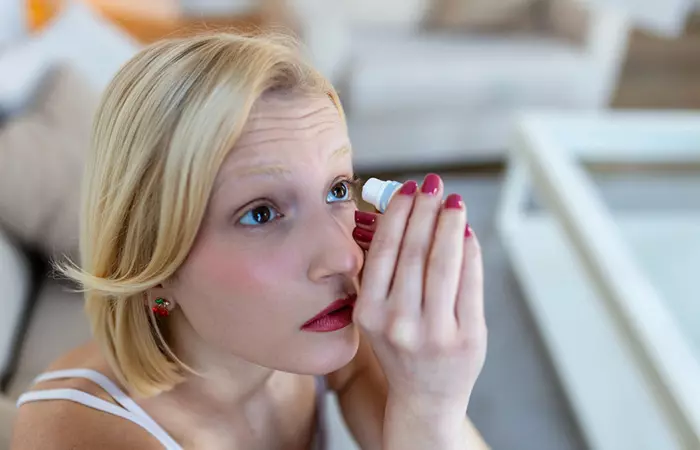
Failing to exercise extreme caution when dyeing your hair can result in the chemicals making contact with the sensitive parts of your face. In some cases, when chemicals from hair dyes make contact with your eyes, it can lead to conjunctivitisi Inflammation or infection of the conjunctiva, which is the outer membrane of the eyeball or the inner eyelid. or pink eye (6). In other cases, it causes inflammation and severe discomfort.
6. Asthma

Asthma is one of the symptoms of a severe allergic reaction to hair dyes (7). Continued inhalation of the chemicals in hair dyes can lead to coughing, wheezing, lung inflammation, throat discomfort, and asthma attacks. To understand these risks, researchers reviewed data from the Finnish Institute of Occupational Health between 2001 and 2011. They found 11 hairdressers who developed occupational health issues from hair dyes—five had asthma, five had rhinitis (nasal allergies), and three had contact urticaria (skin reactions). Specific inhalation tests confirmed that some patients reacted to hair dye chemicals, and one person even had a severe allergic reaction while dyeing their hair (8).
7. Cancer
When permanent hair dyes were first introduced, they had compounds that were carcinogenic (cancer-causing). While the formulas were altered to replace these chemicals, the debate as to whether hair dyes can cause cancer has not been put to rest (a class=”citation_class” href=” https://www.ncbi.nlm.nih.gov/pmc/articles/PMC5187955/” rel=”follow noopener noreferrer”>9). On the contrary, more scientific research and studies are needed to establish a definite link between the use of permanent hair dye and cancer.
In a cohort study of 117,200 female nurses to analyze the impact of hair dyes and cancer risk, it was found that there was no increased risk of solid cancers or hematopoietic cancers compared to non-users. Yet, there was an increased risk of basal cell carcinoma at a hazard ratio of 1.05.
 Did You Know?
Did You Know?Here are some precautions you could take to minimize the risk of possible side effects.
Precautions To Take While Dyeing Your Hair
- Try to avoid using permanent hair color as much as possible. Instead, you could opt for semi- and demi-permanent hair colors. While these are temporary, they do not contain as many harmful chemicals as permanent hair colors do.
- Always conduct a patch and strand test before you dye your hair. The patch test will help you avoid a possible allergic reaction, while the strand test will help you determine if your hair is healthy enough to be processed.
- Get your hair done professionally. There is so much that can go wrong when you try to color your hair on your own. Go to a professional you trust to avoid a hair disaster.
- Always color your hair in a well-lit and well-ventilated area. Poor ventilation can cause eye and nasal irritation.
- Do your research and use products from trusted brands that do not use many harmful chemicals, even if this means that you will have to spend a little extra money.
- Consult a dermatologist or hair care specialist before coloring your hair if you have a history of allergies or sensitive skin.
The safest way to color your hair would be to give up permanent hair dyes and switch to natural hair dyeing alternatives.
Natural Alternatives
While these methods might only give you subtle results, they are a great alternative to permanent hair dyes and will give your hair a much-needed break.
1. Coffee/Tea

Freshly brewed coffee or tea can significantly darken light hair (10). All you need to do is pour the brew through your hair as a final rinse and let it air-dry. The color will wash out the next time you shampoo your hair, but you can just repeat the process as it has no side effects. In fact, some teas can actually improve the health and texture of your hair.
2. Food Color
Food color and pigmented flavored drinks like Kool-aid can be used to attain a whole range of crazy colors. Mix the food color or Kool-aid with conditioner and apply it to your hair. Let it sit for a couple of hours and then rinse it out with water. It is safer to use natural dyes, like beets, than synthetic coloring.
3. Beet And Carrot Juice
A beet and carrot juice treatment is often used to add red undertones to blonde and light brunette hair. You need to mix 3 parts of beet juice with 1 part of carrot juice and saturate your hair with the mixture. Let it sit for about an hour and then rinse it out with shampoo.
4. Henna
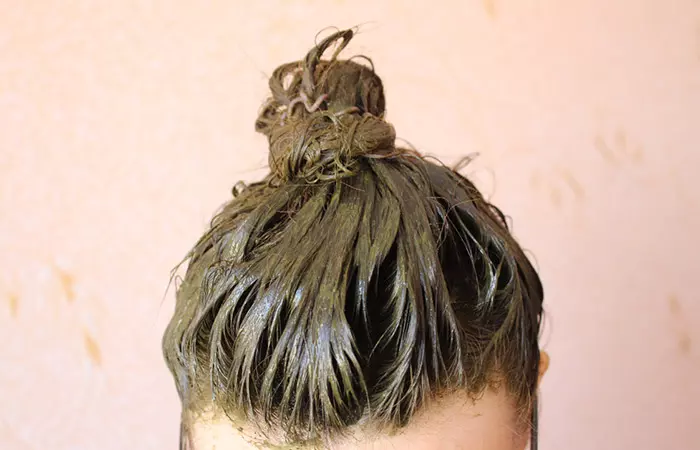
Henna is one of the most popular natural hair coloring treatments (11). Make a paste out of henna powder and water and apply this to your hair. Let it sit for a couple of hours and then proceed to shampoo and condition your hair.
5. Lemon And Honey
You can try this DIY hair bleach at home. Lemon and honey work well together to lighten your hair and give you natural highlights. Mix equal parts of the two ingredients and apply it to your hair. Sit out in the sun for an hour or apply heat using a blow dryer. Wash the mixture out with shampoo and then proceed to condition. You might have to repeat this process a couple of times to get visible results.
So does this mean you cannot use hair dyes and should only resort to natural alternatives? Not necessarily! There are some precautions you can take to dye your hair safely. Keep reading to know more.
How Often Can I Dye My Hair Safely?
- The more you dye your hair, the more damaged it becomes. Lessen the frequency of your coloring sessions.
- Pick natural hair dyes or semi/demi-permanent hair dyes to color your hair.
- Go to a salon instead of trying to dye your own hair. Professional hair colorists know how to dye your hair properly without causing major damage.
- Check your hair condition before setting a coloring appointment. If your hair is damaged or dry, try some deep conditioning treatments and hydrating hair masks for at least a month before your coloring session.
- Avoid using heat styling tools as they can make your hair color fade easily and weaken your strands.
Infographic: The Ugly Side Of Hair Dyeing
It is no secret that hair dyeing causes hair damage. But just how much damage? There are 7 side effects you should be aware of before you color your hair.
Check out the infographic below to glimpse into the ugly side of hair dyeing.
Some thing wrong with infographic shortcode. please verify shortcode syntax
While it can be fun and exciting to play with hair dyes, it can damage the hair if done too often. The side effects of hair dyeing include overprocessing hair and possible conjunctivitis. It may also trigger allergic reactions due to certain chemicals like paraphenylenediamine, which may cause skin irritation, skin discoloration, and redness and, in severe cases, trigger an asthma attack. You should take proper precautions before and after getting your hair colored to avoid these problems. Additionally, hair dyeing may cause hair breakage, split ends, itchy scalp, hair thinning and hair loss. It may also cause headaches and nausea. Limiting or avoiding the use of hair color can help avoid these complications. Safe, natural hair dye alternatives are another option you may consider.
Frequently Asked Questions
Can dyeing hair cause gray hair?
No, dyeing your hair cannot cause gray hair. However, overuse of chemical products on the hair may lead to dull hair or brittle hair.
How does hair dye affect the kidneys?
Resorcinol, lead acetate, and bismuth sulfate present in hair dyes may contribute to chronic kidney problems (11).
Can hair dye come out in your urine?
No, hair dye does not come out in the urine.
Illustration: Side Effects Of Hair Dyeing

Image: Stable Diffusion/StyleCraze Design Team
If you are worried about how to remove hair color stains from the skin, we can help you with that too. You can prevent the side effects of hair dye by simply following this video. Check it out to get some easy tips on how to protect your hair and scalp from damage.
Personal Experience: Source
StyleCraze's articles are interwoven with authentic personal narratives that provide depth and resonance to our content. Below are the sources of the personal accounts referenced in this article.
i. My experience: Dyeing and maintaining black hairhttps://theeverydayalternative.wordpress.com/2018/02/27/my-experience-dyeing-and-maintaining-black-hair/
References
Articles on StyleCraze are backed by verified information from peer-reviewed and academic research papers, reputed organizations, research institutions, and medical associations to ensure accuracy and relevance. Read our editorial policy to learn more.
- Hair Cosmetics: An Overview International Journal Of Trichology US National Library Of Medicine National Institutes of Health.
https://www.ncbi.nlm.nih.gov/pmc/articles/PMC4387693/ - P-Phenylenediamine Hair Dye Allergy And Its Clinical Characteristics Annals Of Dermatology US National Library Of Medicine National Institutes of Health.
https://www.ncbi.nlm.nih.gov/pmc/articles/PMC5929949/ - Allergic contact dermatitis to para-phenylenediamine US National Library Of Medicine National Institutes of Health.
https://pubmed.ncbi.nlm.nih.gov/25302475/ - Fertility Disorders And Pregnancy Complications In Hairdressers- A Systematic Review Journal Of Occupational Medicine And Toxicology US National Library Of Medicine National Institutes of Health.
https://www.ncbi.nlm.nih.gov/pmc/articles/PMC2933705/ - Safety Of Hair Products During Pregnancy Canadian Family Physician US National Library Of Medicine National Institutes of Health.
https://www.ncbi.nlm.nih.gov/pmc/articles/PMC2567273/ - Cataractogenous Effect Of Hair Dyes Indian Journal Of Ophthalmology.
https://journals.lww.com/ijo/pages/default.aspx - Hair Dye Dermatitis And P-Phenylenediamine Contact Sensitivity: A Preliminary Report Indian Dermatology Online Journal.
https://journals.lww.com/idoj/pages/default.aspx - Occupational asthma rhinitis and contact urticaria caused by oxidative hair dyes in hairdressers US National Library Of Medicine National Institutes of Health.
https://pubmed.ncbi.nlm.nih.gov/24331393/ - Hair Dye Use And Risk Of Human Cancer Frontiers In Bioscience US National Library Of Medicine National Institutes of Health.
https://www.ncbi.nlm.nih.gov/pmc/articles/PMC5187955/ - Synthesis And Evaluation OF Herbal Based Hair Dye The Open Dermatology Journal ResearchGate.
https://www.researchgate.net/publication/328388284_Synthesis_and_Evaluation_of_Herbal_Based_Hair_Dye - Hair dye poisoning and the developing world
https://www.ncbi.nlm.nih.gov/pmc/articles/PMC2700586/ - Hair Dyes and Cancer Risk
https://www.cancer.gov/about-cancer/causes-prevention/risk/substances/hair-dyes-fact-sheet - Pregnancy maternal exposure to hair dyes and hair straightening cosmetics and early age leukemia
https://pubmed.ncbi.nlm.nih.gov/23747844/
Read full bio of Dr. Vindhya L Veerula
Read full bio of Anjali Sayee
Read full bio of Eshna Das
Read full bio of Monomita Chakraborty







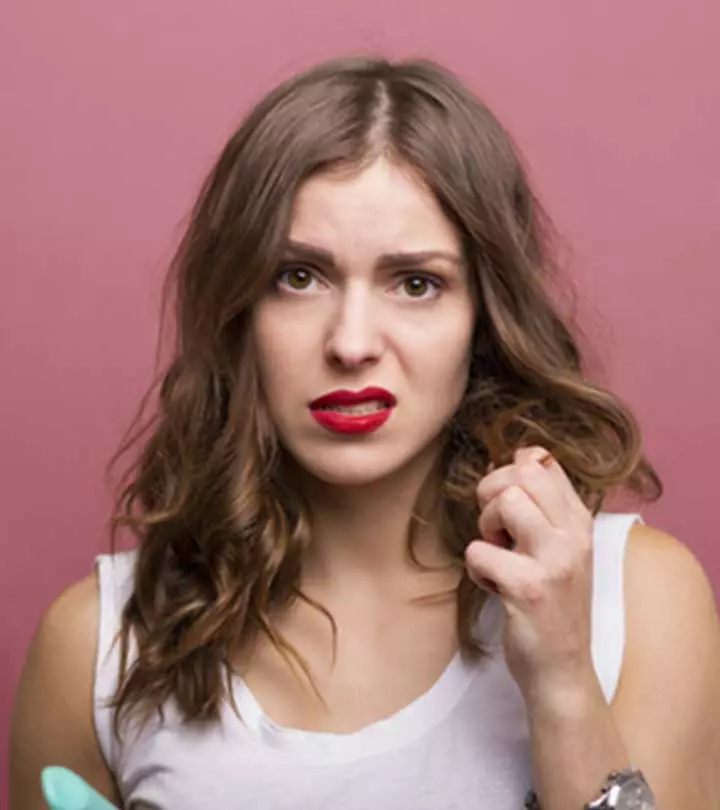
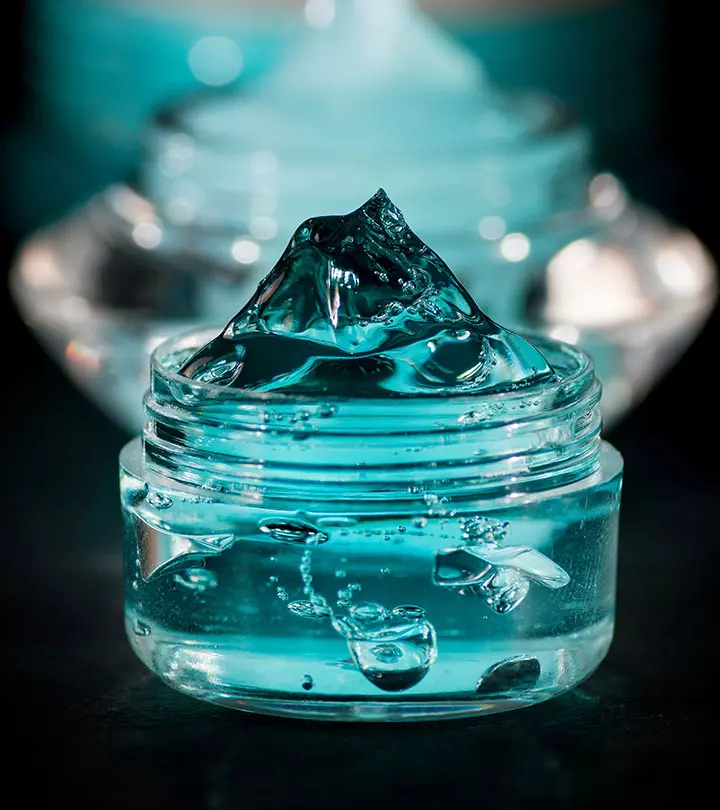




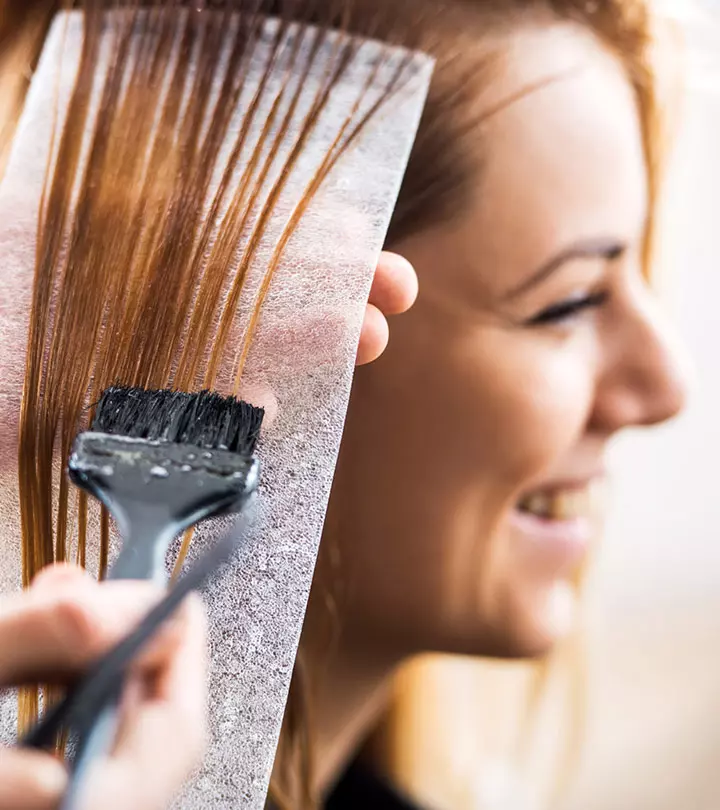
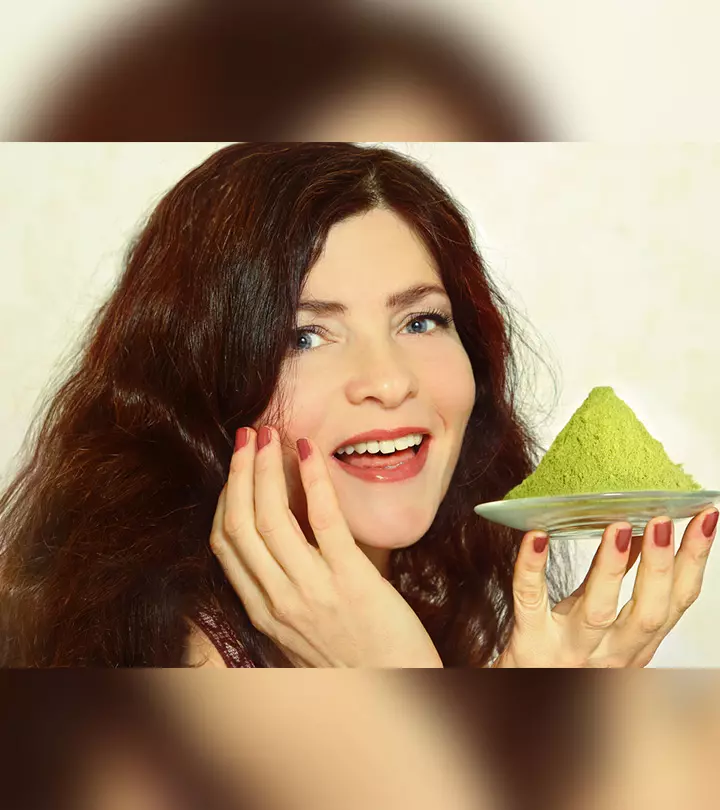
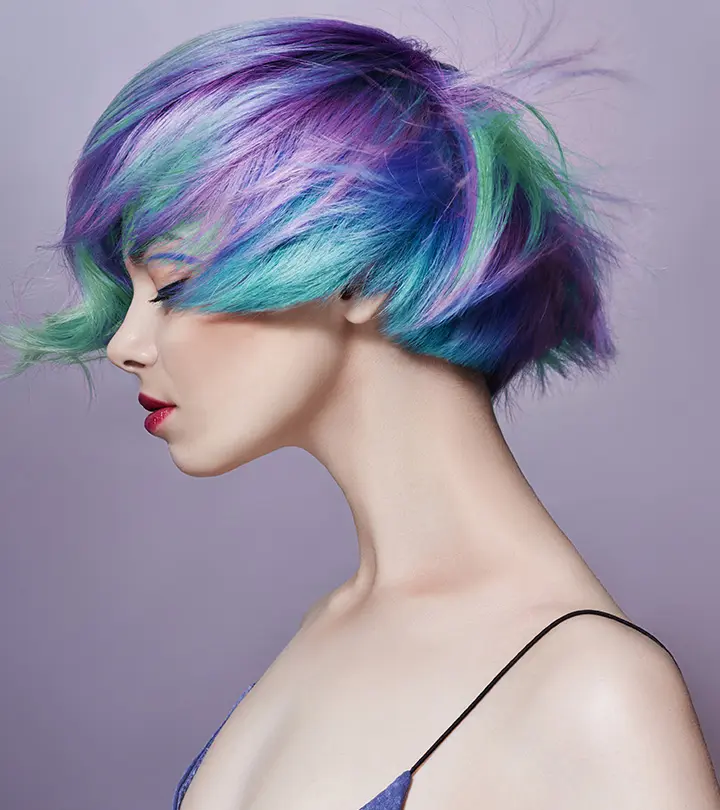


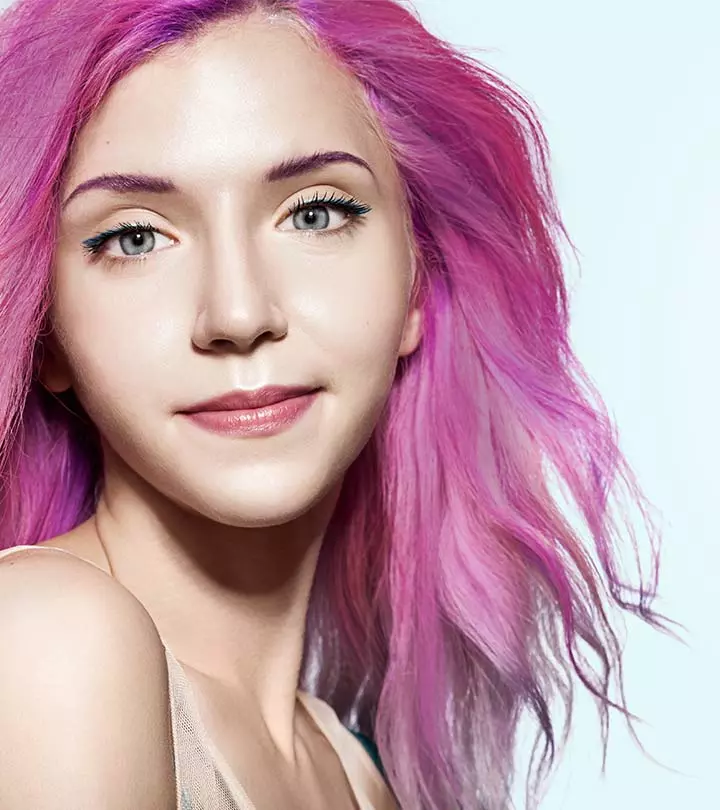
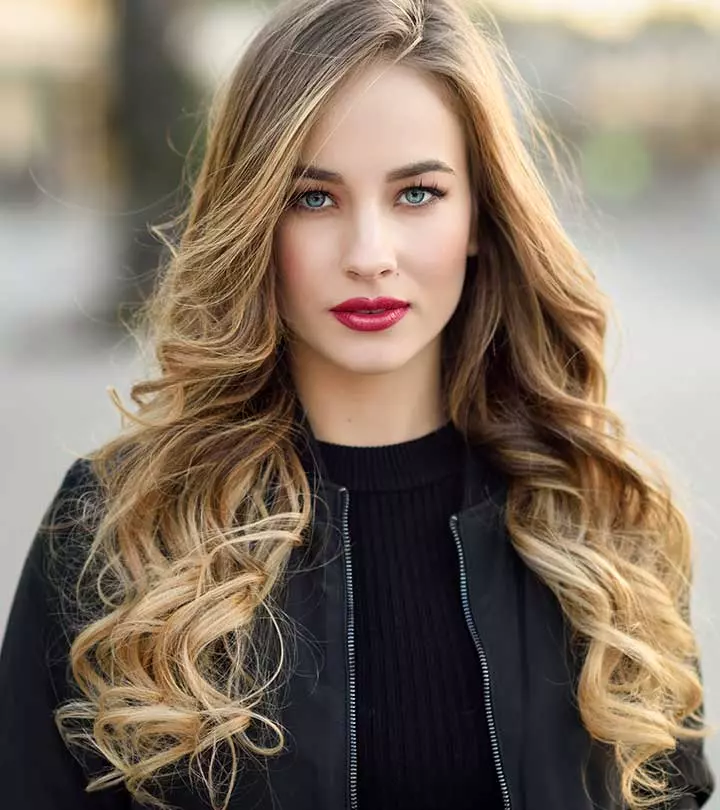


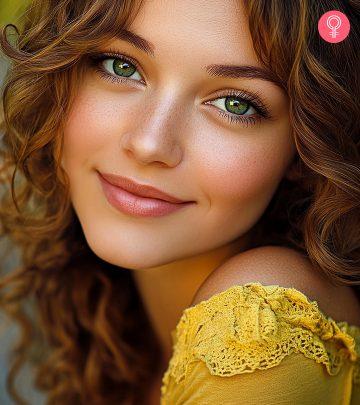
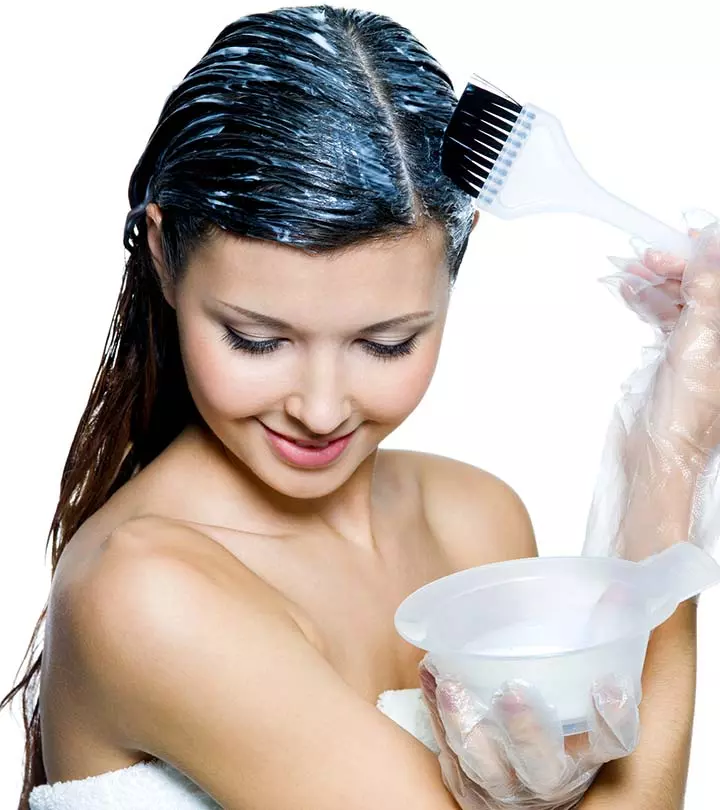
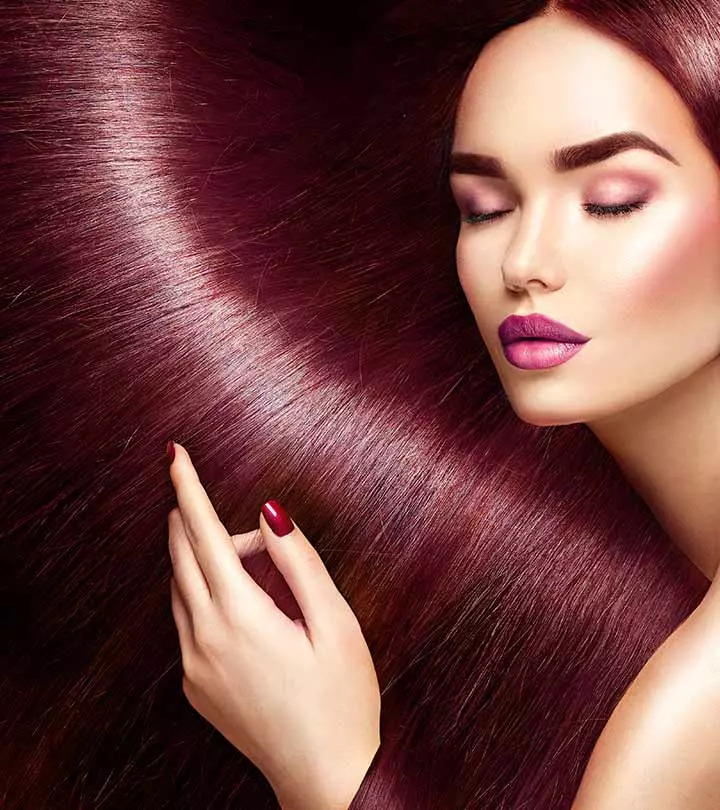
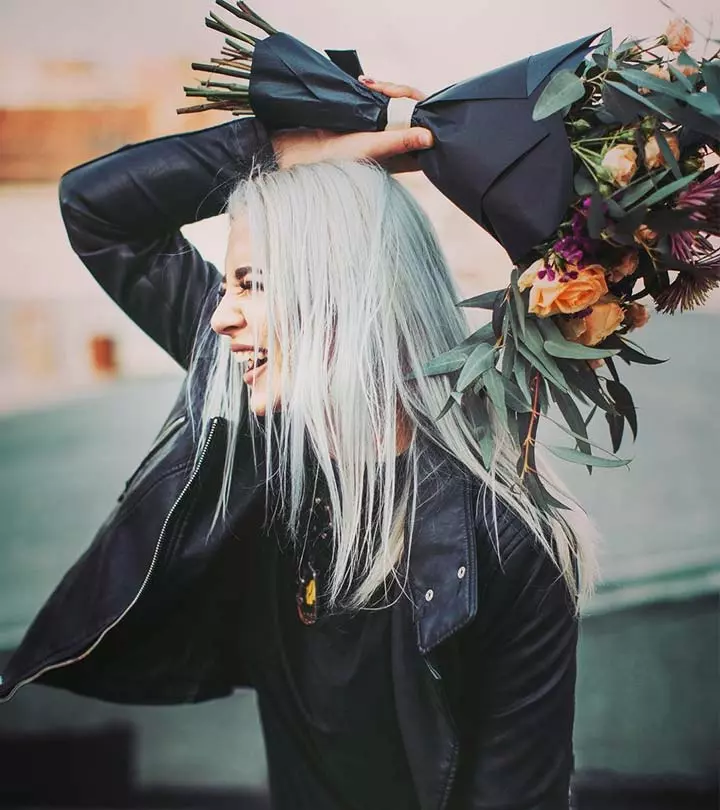
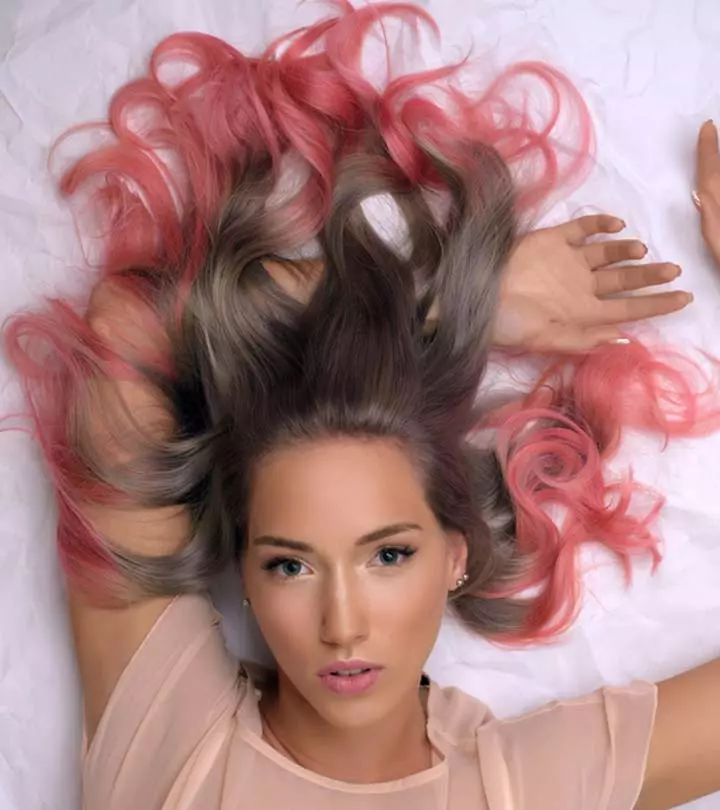
Community Experiences
Join the conversation and become a part of our empowering community! Share your stories, experiences, and insights to connect with other beauty, lifestyle, and health enthusiasts.